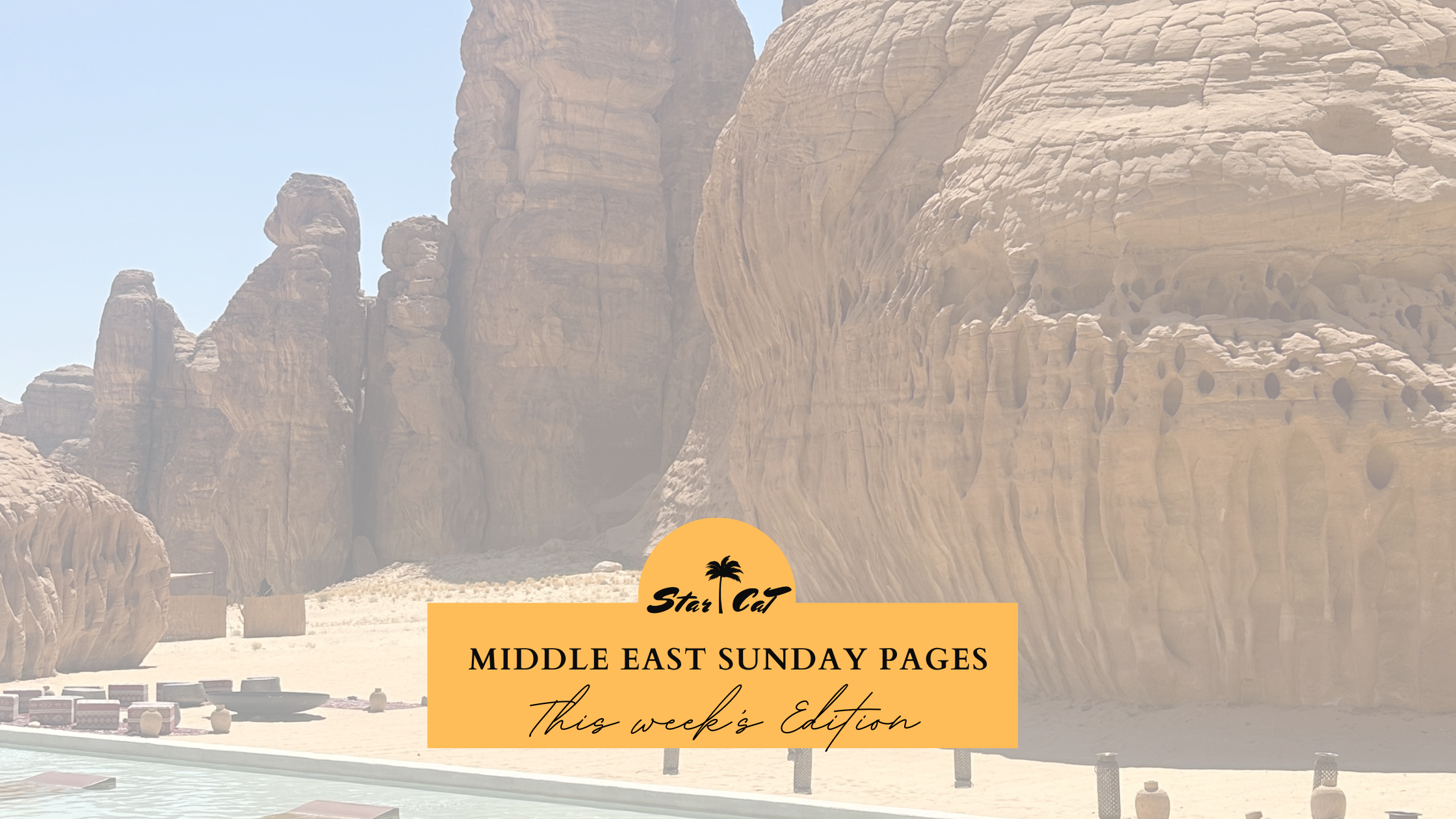
AlUla: A Journey Through Time and Culture
This has to be my highlight of 2024: AlUla had been on my wish list for so long but you have to plan this properly. Nestled in the northwest of Saudi Arabia, AlUla is a breathtaking desert oasis that stands as a testament to the region’s rich history, cultural heritage, and natural beauty. Known as a “living museum,” AlUla is home to some of the most significant archaeological sites in the Arabian Peninsula, including Hegra, Saudi Arabia’s first UNESCO World Heritage Site. With a history spanning over 200,000 years and civilisations such as the Dadanites, Lihyanites, Nabataeans, and Romans leaving their mark, AlUla is not just a destination—it is a journey through time.
And it will impact you like nowhere else – there is something so special about AlUla that has to be seen to be believed. In this post, we will explore AlUla’s historical significance, architectural marvels, natural wonders, and its transformation into a global cultural and tourist hub under Saudi Arabia’s Vision 2030 initiative.
A Historical Crossroads
AlUla’s history begins thousands of years ago as an oasis in the desert valley. Archaeological evidence suggests that it has been inhabited since the 6th millennium BCE. Its fertile soil and abundant water made it an essential stop along the historic incense trade route, which connected India and the Persian Gulf to the Levant and Europe. This network facilitated the exchange of luxury goods like spices and silk while fostering cultural interaction between civilisations.
AlUla was once the capital of ancient kingdoms such as Dedan (7th–6th centuries BCE) and Lihyan (5th–2nd centuries BCE). These kingdoms were known for their advanced urban planning and thriving trade networks. Later, during Nabataean rule (1st century BCE–1st century CE), AlUla became a vital hub for caravan trade. The Nabataeans built monumental tombs at Hegra (Mada’in Saleh), showcasing their architectural prowess and hydraulic expertise.
When the Roman Empire annexed the region in 106 CE, AlUla became part of Arabia Petraea province, further enriching its cultural tapestry with Greco-Roman influences. Today, visitors can explore remnants of these ancient civilisations through rock inscriptions, tombs, and archaeological sites scattered across the region.
If you have ever been to Petra in Jordan – you will absolutely love AlUla and love the incredible scenery and history. But you must hire a guide because only then will you be guaranteed that you can make the best of your experience. My favourite guide is Khalid Al Sherbi.
Architectural Marvels
Hegra: Saudi Arabia’s First UNESCO World Heritage Site
Hegra (Mada’in Saleh) is undoubtedly one of AlUla’s crown jewels. Located 22 kilometres north of AlUla Old Town, Hegra features 111 monumental tombs carved into sandstone cliffs by the Nabataeans over 2,000 years ago. Of these tombs, 94 are adorned with intricate facades and inscriptions that offer insights into Nabataean life and culture.
Often compared to Petra in Jordan but less crowded, Hegra provides visitors with an intimate experience of Nabataean architecture and ingenuity. The site also includes ancient water wells that highlight their mastery of hydraulic systems in an arid environment. One of things that stood out for me is that it is so much bigger than how I imagined it. It is also worth taking a balloon ride early morning where you can see Hegra from above – I used Hero Balloon Flights Saudi
AlUla Old Town
The Old Town of AlUla is another remarkable site that reflects centuries of human settlement. Surrounded by a verdant oasis, this walled city contains dense clusters of mud-brick houses built to withstand harsh desert conditions. Walking through its narrow alleys feels like stepping back in time to experience life as it was centuries ago.
Jabal Ikmah: The Open-Air Library
Known as “the open-air library,” Jabal Ikmah is a treasure trove of ancient inscriptions etched into towering sandstone cliffs. These inscriptions date back to various periods and include texts in multiple languages that document trade agreements, religious practices, and daily life. This is truly magnificent and so worth a visit where you will start to understand how advanced people were before writing as we know it now. Absolutely fascinating.
Elephant Rock (Jabal AlFil)
One of AlUla’s most iconic natural landmarks is Elephant Rock—a massive sandstone formation shaped like an elephant. This geological wonder is a favourite spot for visitors to enjoy sunset views while marvelling at nature’s artistry. I went there just before the sun went down and it was just beautiful. You might often finds events there also.
Maraya
Beyond its striking mirror exterior, Maraya serves as a multi-purpose venue that embodies Saudi Arabia’s Vision 2030 initiative to position AlUla as a global cultural and tourism hub. Inside, the building houses a state-of-the-art concert hall with a seating capacity of 550 people, an arts pavilion, conference spaces, and commercial-grade kitchens capable of hosting lavish events. Its retractable 800-square-meter window opens to reveal breathtaking views of the surrounding desert, creating an immersive experience that blends nature with entertainment. Maraya has hosted performances by international artists such as Andrea Bocelli and Lionel Richie, as well as high-profile events like the GCC Summit and luxury brand shoots for Cartier and Rolls Royce. It is also a hot favourite for selfies.
Natural Beauty Meets Cultural Heritage
AlUla’s dramatic landscape is characterised by towering sandstone mountains, lush palm groves, and expansive desert valleys sculpted over millennia. This interplay between nature and human endeavour has made it a focal point for conservation efforts aimed at preserving its unique ecosystem alongside its cultural treasures.
The Sharaan Nature Reserve exemplifies this commitment to sustainability. Covering vast stretches of desert terrain, the reserve protects native wildlife such as Arabian leopards while offering eco-friendly tourism experiences like stargazing tours and guided hikes. I took a tour there and not only were the guides magnificent but the set up with dinner was a really one of a kind experience. I used Platinum Heritage for the experience.
Vision 2030: Transforming AlUla Into a Global Destination
Saudi Arabia’s Vision 2030 initiative has positioned AlUla at the forefront of its cultural tourism strategy. The Royal Commission for AlUla (RCU), established in 2017, oversees ambitious projects designed to preserve AlUla’s heritage while transforming it into an international destination for history, art, culture, and nature.
We have created a guide for Saudi Arabia that also includes AlUla. Download it here.
Key Projects Under Vision 2030:
- Hegra Conservation Project: Led by international experts in restoration science, this project aims to preserve Hegra’s monumental tombs for future generations using cutting-edge technology.
- Maraya: The world’s largest mirrored building serves as an event space for concerts, art exhibitions, and cultural festivals.
- Wadi AlFann: A stunning outdoor gallery featuring large-scale art installations inspired by AlUla’s landscape.
- AlUla Moments: Seasonal events showcasing local traditions alongside global performances.
- Sharaan Resort: A luxury eco-resort designed by renowned architect Jean Nouvel within Sharaan Nature Reserve.
Economic Impact:
By 2035, these initiatives are expected to attract over two million annual visitors while contributing $31.9 billion to Saudi Arabia’s GDP and creating 38,000 jobs.
A Destination Like No Other
AlUla offers visitors a once-in-a-lifetime opportunity to immerse themselves in history while enjoying world-class hospitality. Whether exploring ancient tombs at Hegra or experiencing modern art installations at Maraya, every corner of AlUla tells a story that bridges past and present.
Luxury desert resorts like Habitas AlUla provide serene accommodations where guests can unwind amidst breathtaking landscapes. Activities such as stargazing tours at Gharameel or camel treks through Sharaan Nature Reserve offer unforgettable experiences that connect travellers with nature.
AlUla is more than just a destination—it’s a journey through time that celebrates humanity’s enduring relationship with nature and culture. From its ancient kingdoms to its modern-day transformation under Vision 2030, AlUla embodies resilience, creativity, and sustainability.
For those seeking adventure or inspiration—or simply wanting to witness one of the world’s most extraordinary places—AlUla stands ready to welcome you into its timeless embrace. As Saudi Arabia continues to unveil this hidden gem to global audiences, one thing is certain: AlUla will leave an indelible mark on all who visit it. Get our Saudi Guide here.

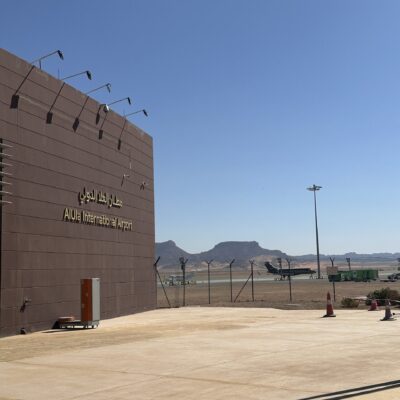
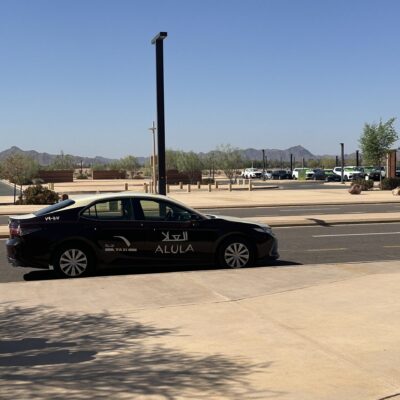
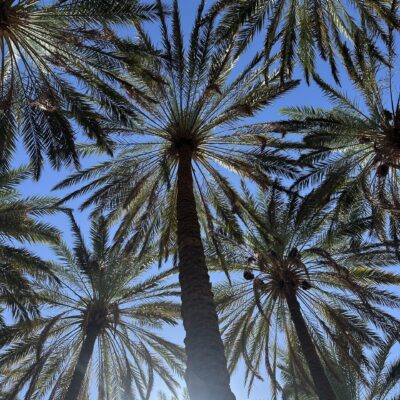
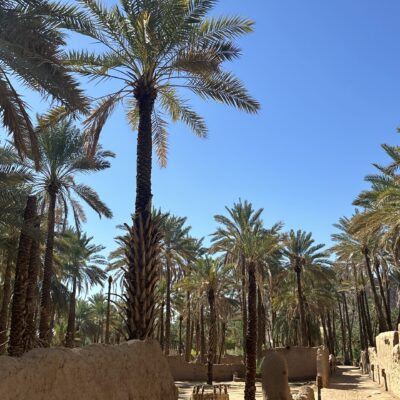



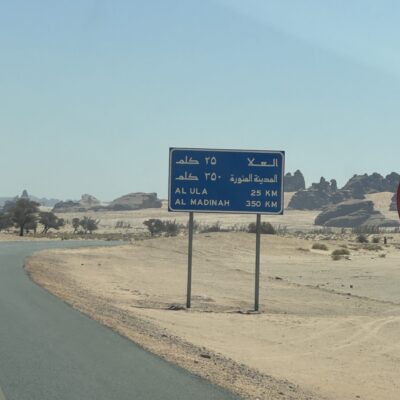
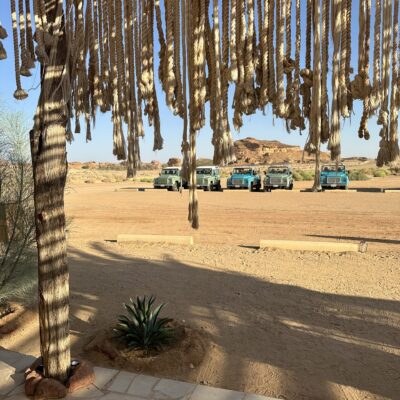
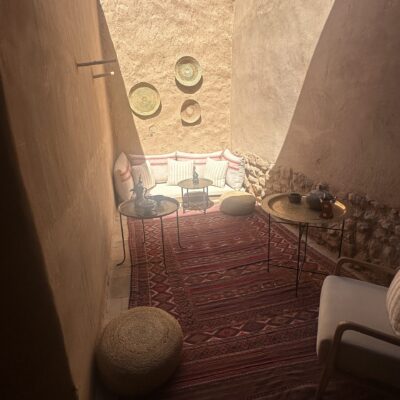
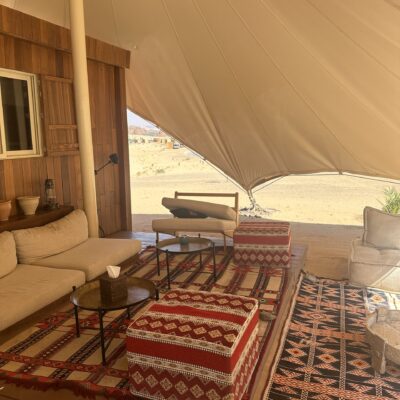
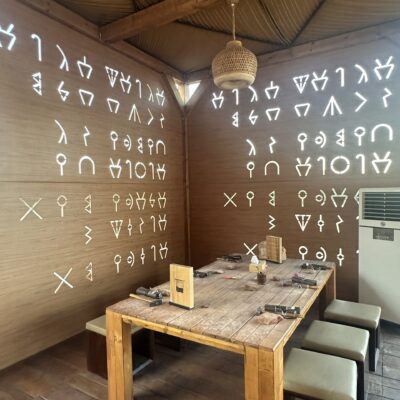
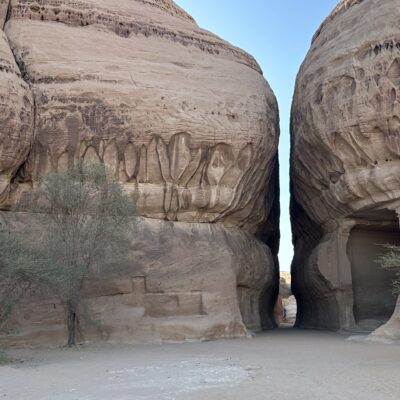
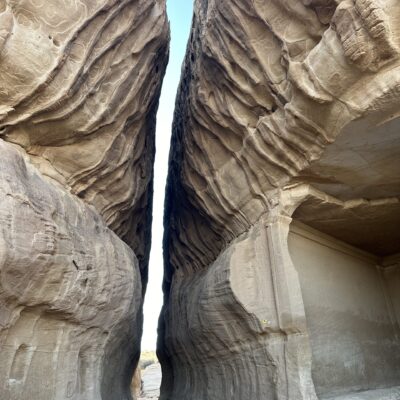
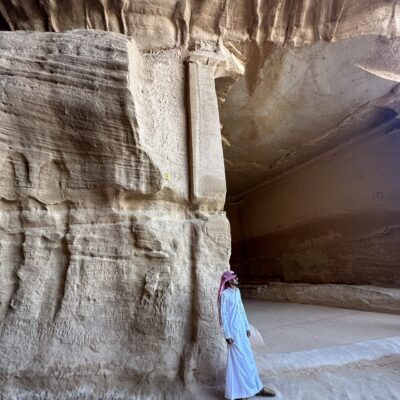
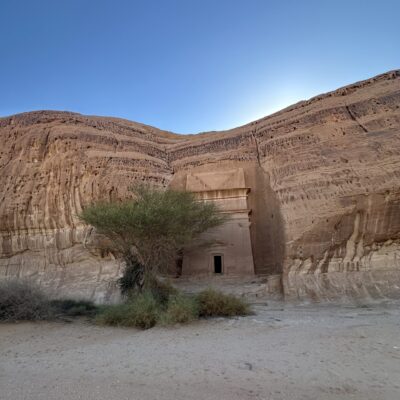

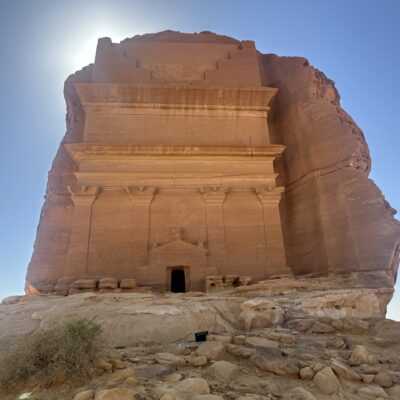

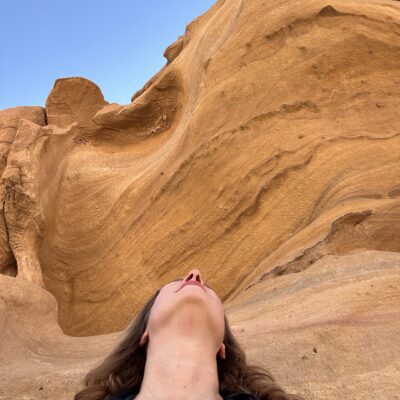

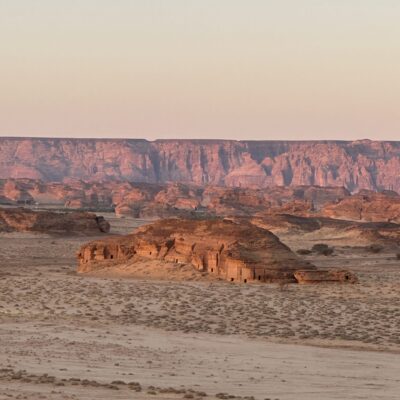
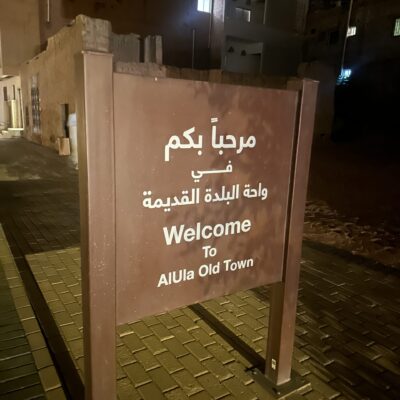

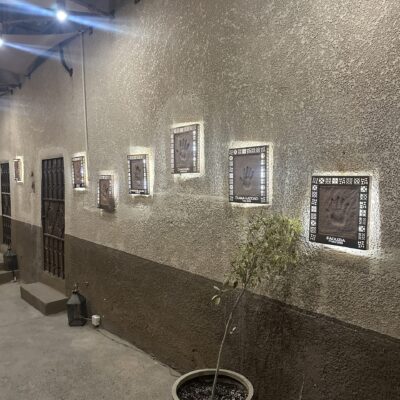
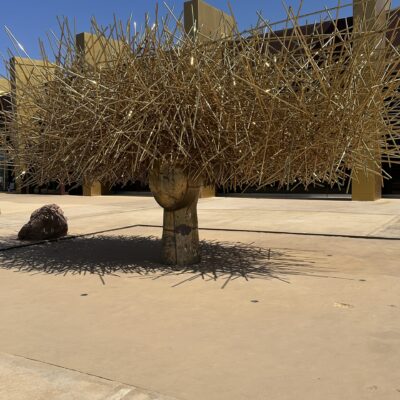
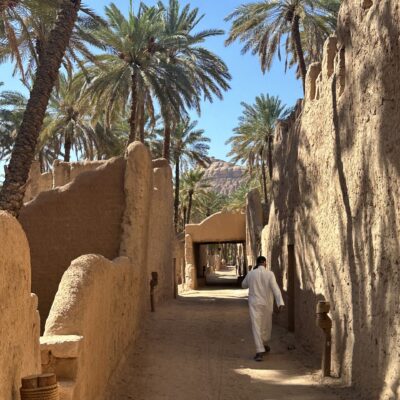


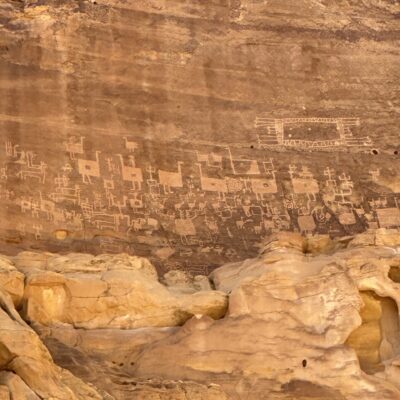
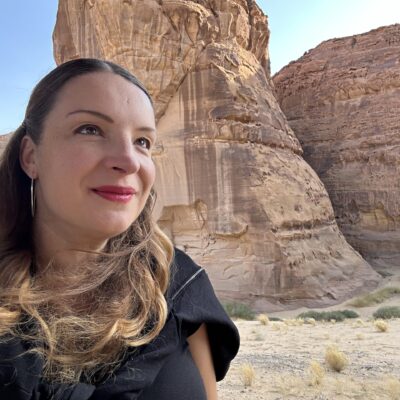

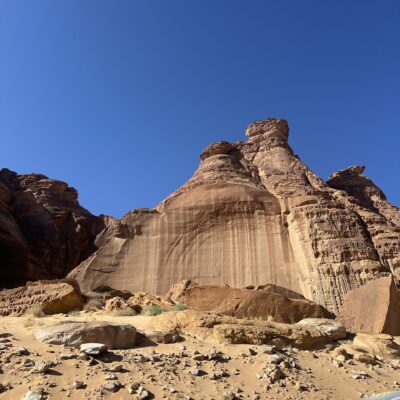
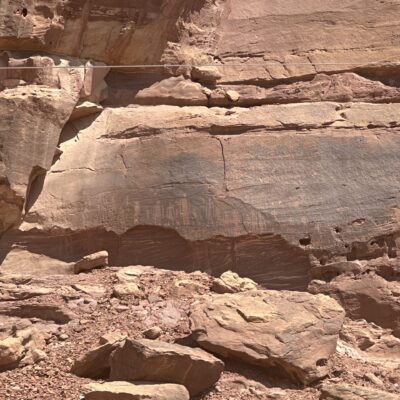


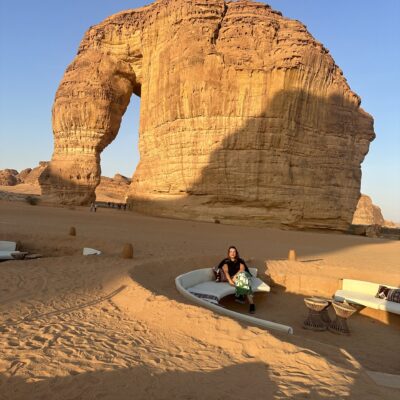
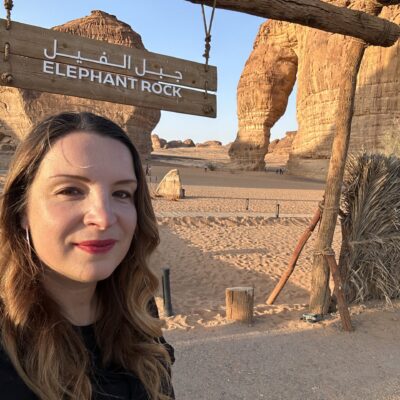

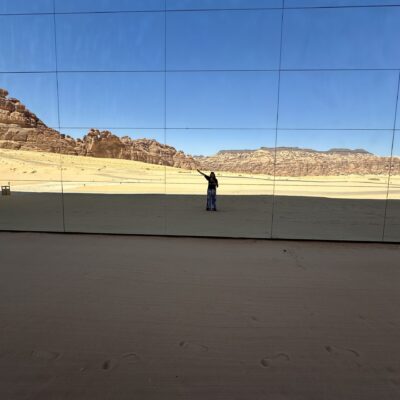

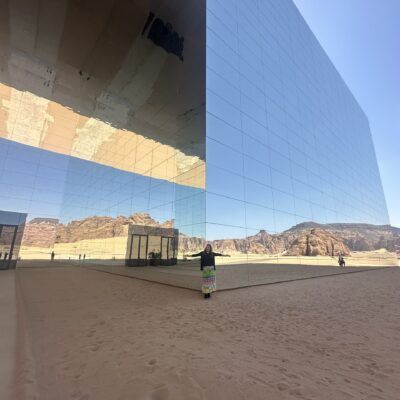

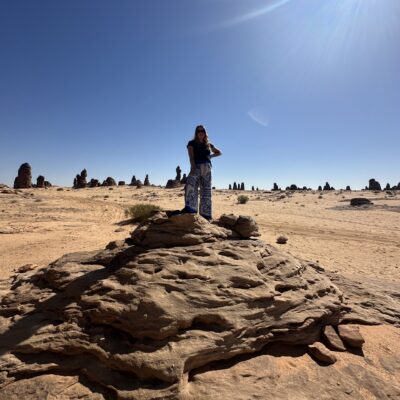
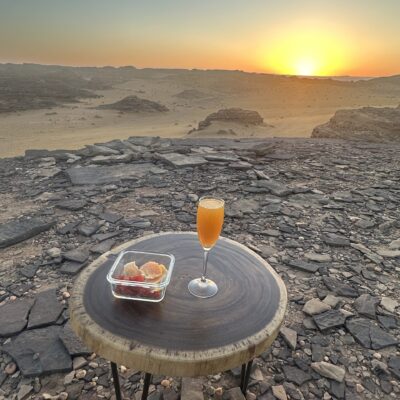
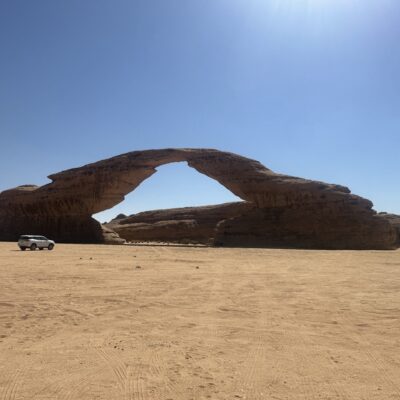
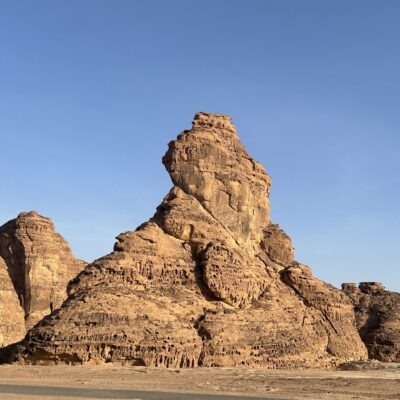
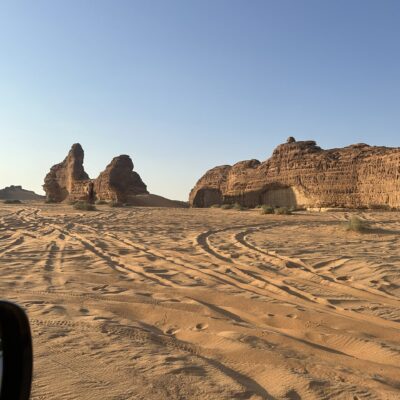

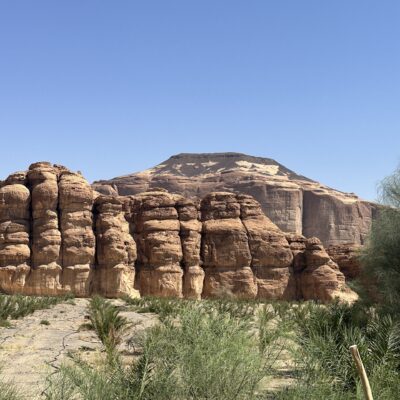
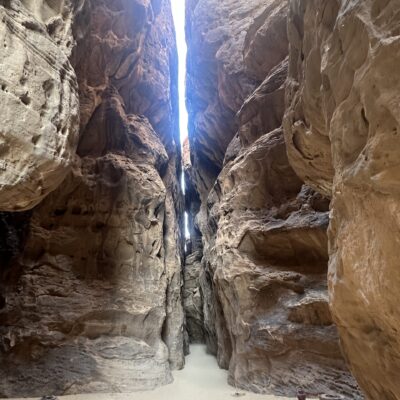

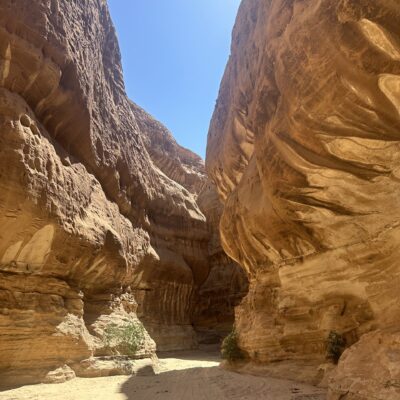
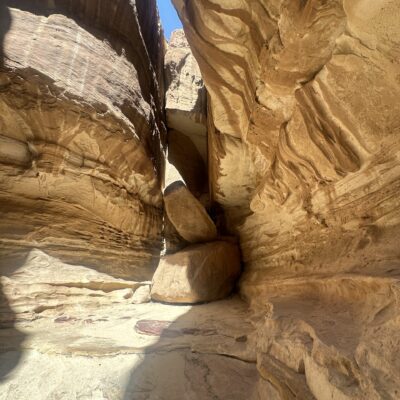

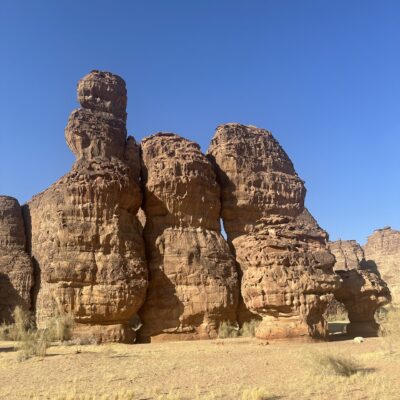
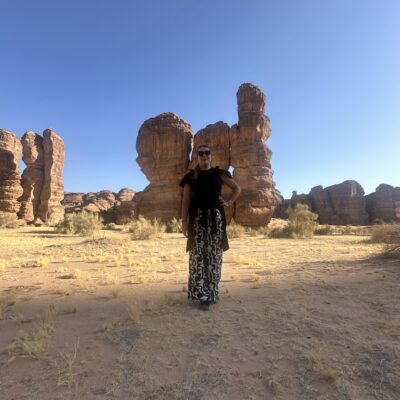
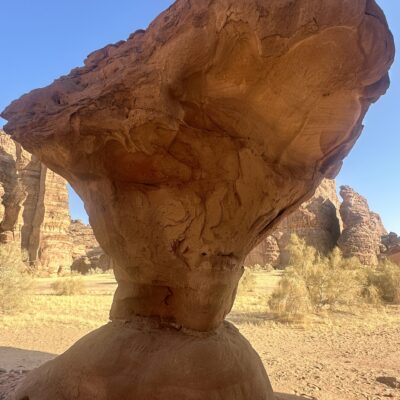

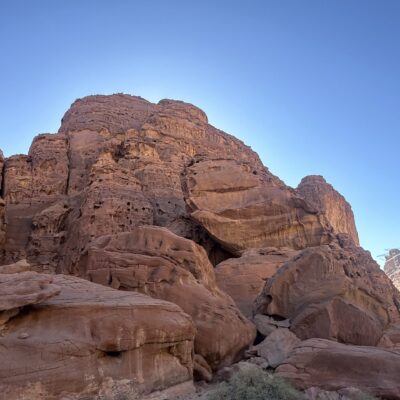
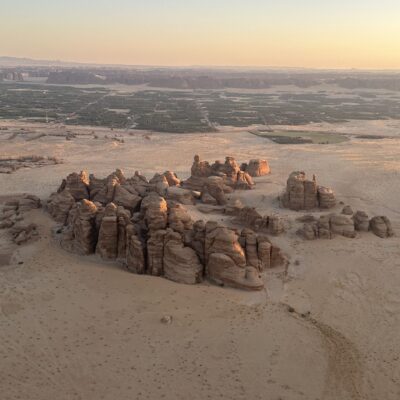
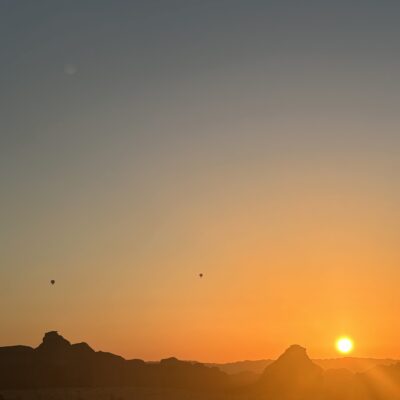

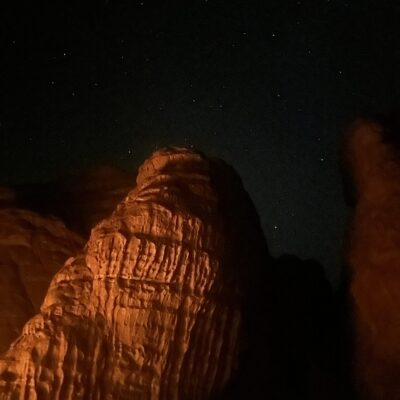
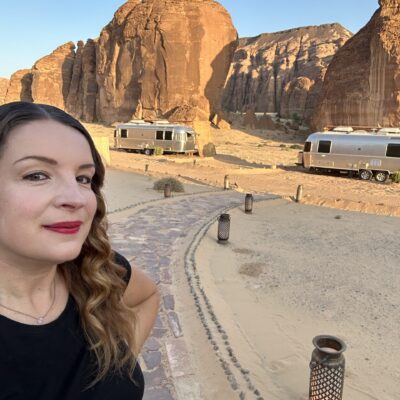
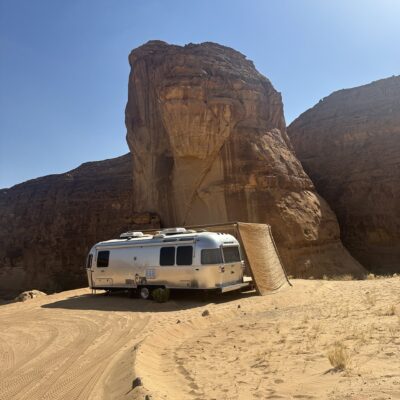
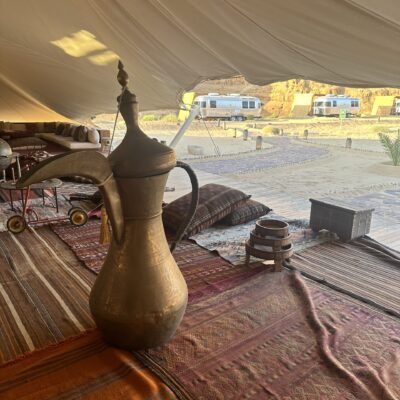

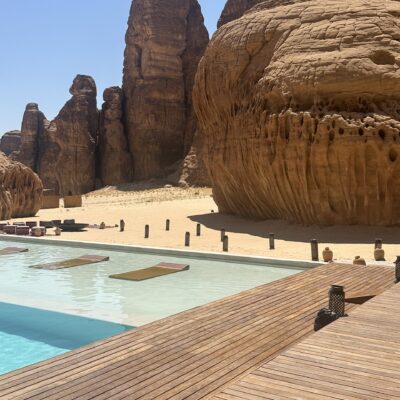
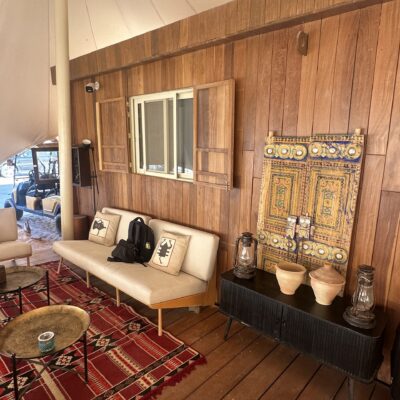
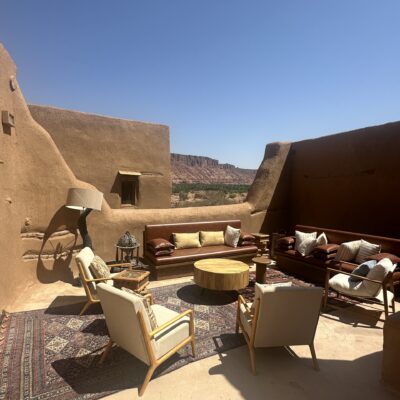
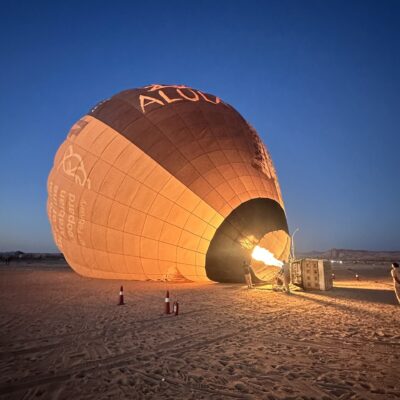
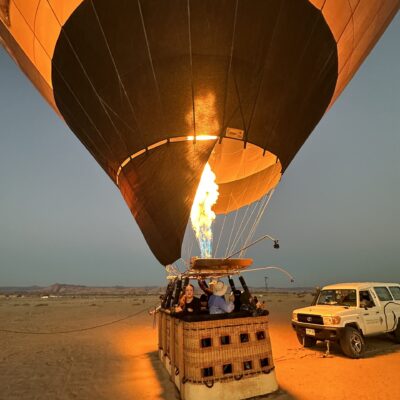
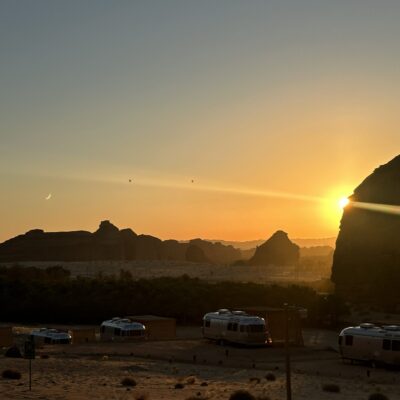


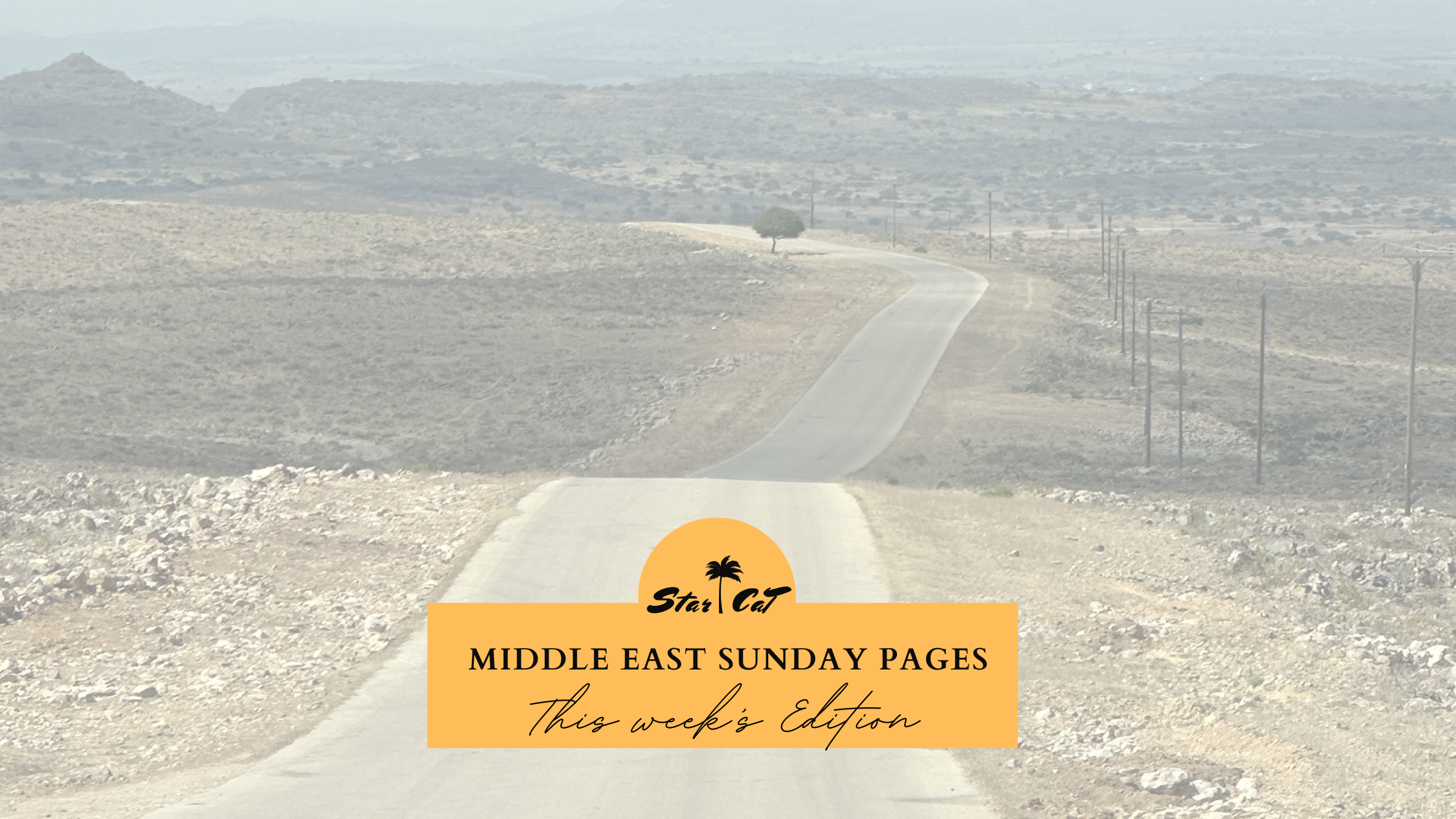
This Post Has 0 Comments